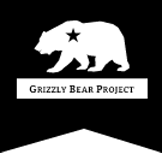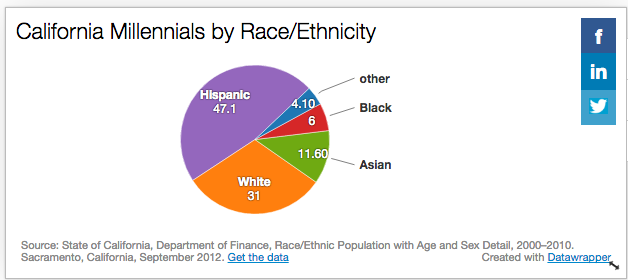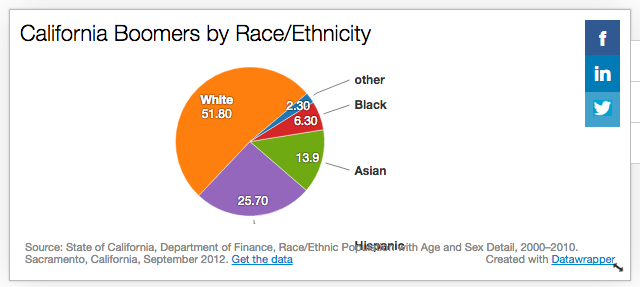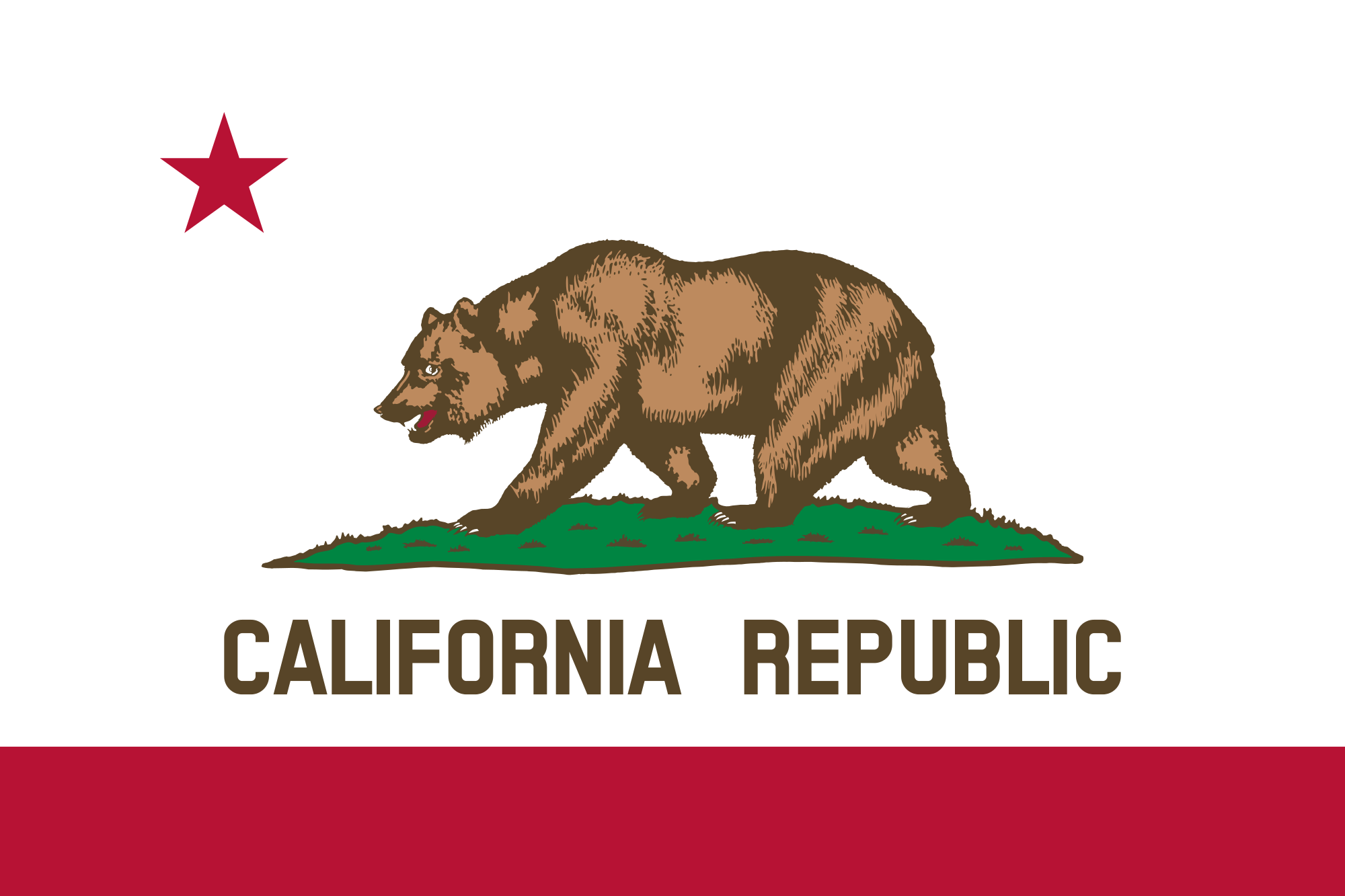Can Enlightenment ideals endure amid fundamental and rapid demographic change? What happens when Manifest Destiny intersects with El Norte? These are the questions I found myself wondering after taking a deeper look at the demographics of California’s Boomers and Millennials.
The numbers are striking, but why should they matter at all? Why be preoccupied with notions of ethnicity and race in a state heading toward a multi-ethnic, mixed-race future?
I came up with a couple of answers that I will continue to explore in this space, and which are really at the heart of what this site has been about since the outset.
First: The demographic shift is convenient cultural shorthand for California at a crossroads.
California’s demographic transformation presents a real test of whether those things that we Americans hold dear – the right to life, liberty and the pursuit of happiness, for lack of a better phrase – can endure and overcome more basic and cynical human reactions. The California Experiment is a stress test of the old American ideals. Can we continue to become more of ourselves as our collective face changes from White to Ochre? Or will we become something else entirely?
Reconciling old ideals with new social and economic challenges can be messy at times. We see it in our harsh national political discourse, and have countless reminders throughout our history of the power of cultural, racial and ethnic backlash. Say what you will about the role of economic angst in fanning those divisions, it seems naive to deny race plays a prominent role in our current political mix.
The second answer has to do with storytelling. The American stories I was raised with involved people moving West. More to the point, White people coming west. West to Plymouth Rock or West to Ellis Island. Then West again to California. I could place my own family story within a broader American narrative of Western expansion that drove the first 200 years of our nation’s history.
My ancestors came from Ukraine and Poland and France, and settled in New York and Minnesota in the early 20th Century. The next generation, the first native-born Americans, migrated to post-War California, completing the journey from immigrant to middle and even upper class.
Segments of my wife’s family go back to early Colonists who settled in Massachusetts and Rhode Island. That’s where they remained until a renegade strain came West after World War II.
For both of our families, California was the common lure. For all their differences – the Ashkenazi Jews in my family, and the Blue-Blooded WASPs in hers — these stories share a common direction – a movement West – that is baked hard into the American psyche and mythology.
As Richard Rodriguez wrote in his essay, “Go North, Young Man,” California is both the end of the Westward migration and El Norte for millions of immigrants who have come from Mexico and Central and South America. Our new Californians, the immigrants and the new natives, come with an entirely different set of stories and myths — different from those that I internalized as a child and young man.
“What unites people throughout the Americas is that we all have said goodbye to our motherland,” Rodriguez wrote. “To Europe. To Africa. To Asia. Farewell!
“The only trouble is: Adios was never part of the Mexican-American or Puerto Rican vocabulary. There was no need to turn one’s back on the past. Many have traveled back and forth, between rivals, between past and future, commuters between the Third World and First. After a few months in New York or Los Angeles, it would be time to head ‘home.’ After a few months back in Mexico or Puerto Rico, it would be time to head ‘home’ to the United States.
“We were nothing like the famous Ellis Island immigrants who arrived in America with no expectation of return to the “old country.” In a nation that believed in the future, we were a puzzle.”
How will that different attitude change the attitude of California?
The data offers a good point of entry for these discussions. It shows what Californians intuitively understand. Between the Boomers and the Millennials, our Latino population has gone from about 26 to 47 percent — a 21 percentage point increase. Meanwhile, the percentage of non-Hispanic whites has dropped from 52 percent to 31 percent — a perfect, 21-percentage point mirror of the Latino population.
From a storytelling perspective, the implications of this shift — the reconciling of these different narratives – is exciting. So is the idea that from La Mezcla can come something even more American. More Californian. Here, at the intersection of Manifest Destiny and El Norte, California sits at the crux of the next American century.
And that is worth exploring.








